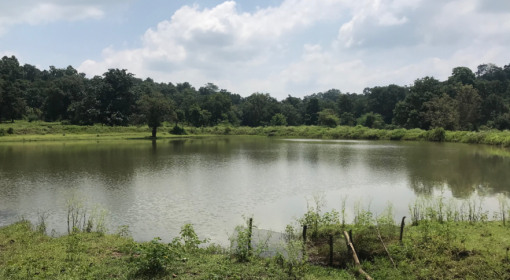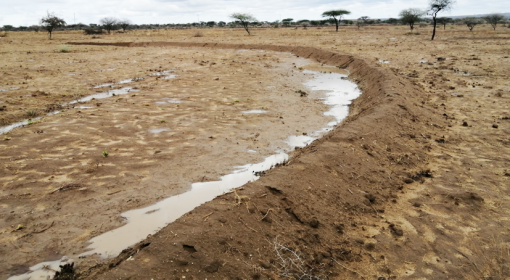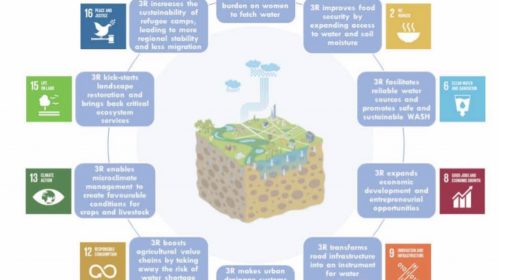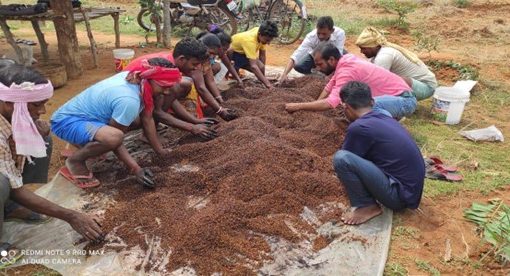By Jolanda Theeuwen
We are currently in the UN decade on ecosystem restoration, which means ecosystem restoration is promoted to halt and revert land degradation and improve biodiversity. However, restoration also affects the hydrological cycle and research shows water availability might decrease due to an increase in tree cover (Hoek van Dijke, 2022). Especially in regions where there is little regional moisture recycling, restoration can contribute to drying (Hoek van Dijke et al., 2022).
Nonetheless, vegetation might also strengthen the hydrological cycle. With an increase in vegetation, evaporation will increase. As a result, the water vapor content of the air increases which promotes rainfall, and therefore moisture recycling. For semi-arid regions, moisture recycling seems to be essential to prevent local drying.
We can calculate local moisture recycling using an evaporation footprint (Tuinenburg et al., 2020). This footprint describes where evaporated moisture that originates from a 50×50 km source rains out. Figure 1 shows the evaporation footprint of Utrecht (the Netherlands) for the years 2008-2017. With such a footprint we can calculate different types of atmospheric moisture recycling.
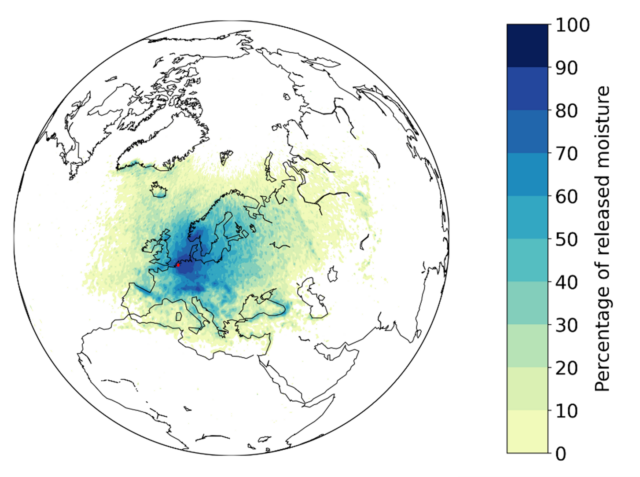
First, land recycling describes the fraction of evaporated moisture that rains out over land. If land recycling is low, a large fraction of the evaporated water rains out over the ocean and this water is lost. If we restore areas with low land recycling, most of the additional evaporated water might rain out over the ocean, contributing to drying of the land surface. An example of such a region is Australia. Here, on average more than 50% of the evaporated moisture rains out over the ocean (Figure 2).
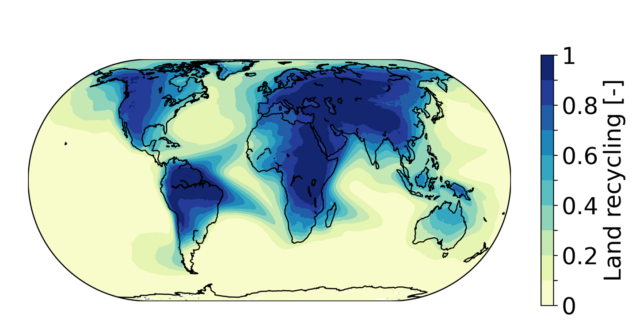
To better understand the local impact of enhanced evaporation due to restoration, and to determine whether this will contribute to local drying we need to study local moisture recycling. In our recent publication we calculated the local moisture recycling ratio across the globe (Theeuwen et al., 2023) (Figure 3). In this research, the local moisture recycling ratio is defined as the fraction of evaporated moisture that rains out within approximately 50 km from its source location.
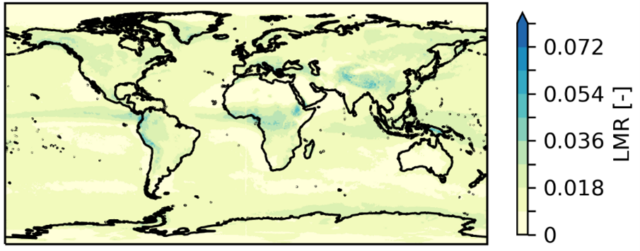
Local moisture recycling peaks over mountainous regions as here air is pushed upwards and over the mountain and cools down. At lower temperatures the water in the air can condense and cloud droplets form. Dry regions have relatively low local moisture recycling ratios as here the air is dry and a lot of water needs to be evaporated to reach the point of saturation (air needs to be saturated with water for clouds to form). In such dry regions, an increase in evaporation due to restoration would contribute to further drying of the area as it will not contribute to local rainfall and therefore, this water is ‘lost’.
These results suggest we should restore close to mountains and in wet regions. However, some expect that restoration could restore the water cycle in arid and semi-arid regions. This study is conducted with data from the past. It is possible that an alteration in the land surface (e.g., ecosystem restoration) significantly alters the evaporation footprints, resulting in different local recycling ratios. In future research, we study the relation between land surface characteristics and local moisture recycling to get a better understanding of how these evaporation footprints might change in the future.
References
Hoek van Dijke, Anne J., et al. “Shifts in regional water availability due to global tree restoration.” Nature Geoscience 15.5 (2022): 363-368.
Theeuwen, Jolanda JE, et al. “Local moisture recycling across the globe.” Hydrology and Earth System Sciences 27.7 (2023): 1457-1476.
Tuinenburg, Obbe A., Jolanda JE Theeuwen, and Arie Staal. “High-resolution global atmospheric moisture connections from evaporation to precipitation.” Earth System Science Data 12.4 (2020): 3177-3188.

